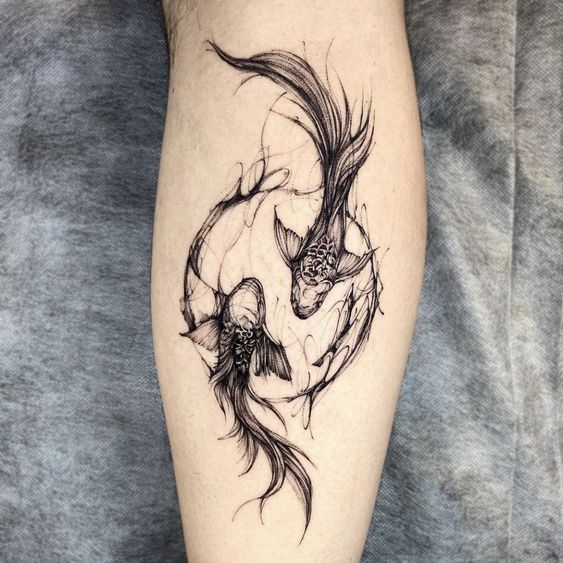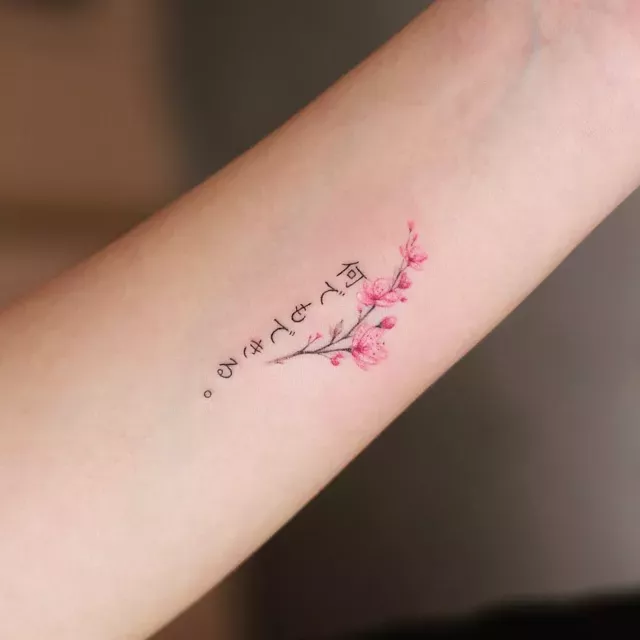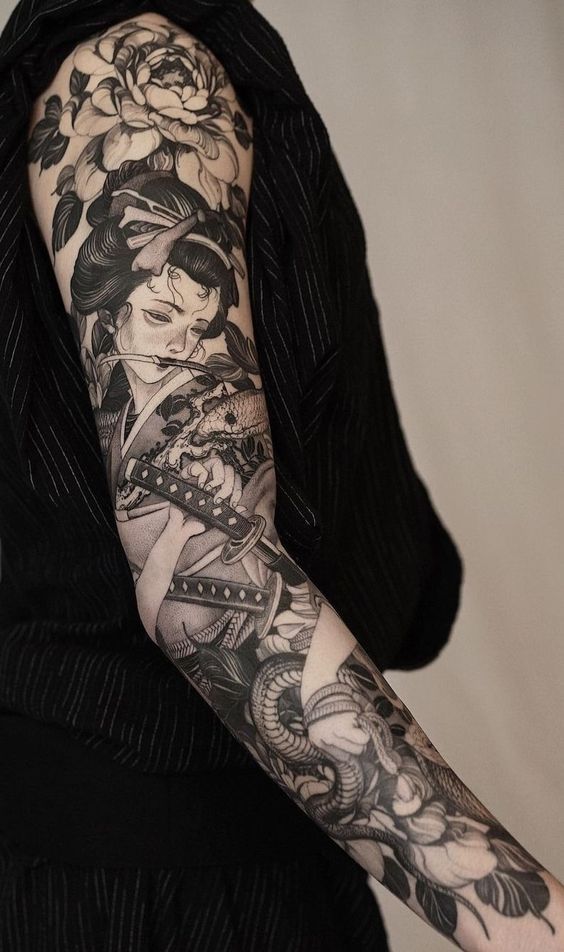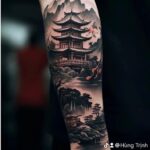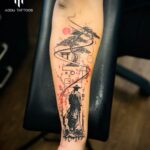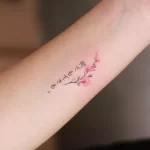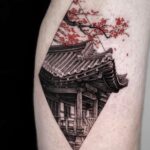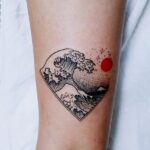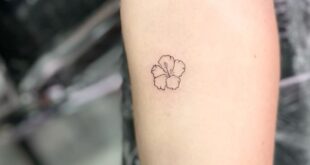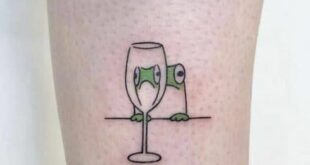Tattoo culture in Japan has a rich history that dates back centuries. In traditional Japanese culture, tattoos have been associated with criminality and outcasts, as they were often used to mark individuals who had committed crimes or belonged to the lower classes.
However, in recent years, tattoos have become increasingly popular in Japan among the younger generation and are no longer seen as taboo. Many young Japanese people now see tattoos as a form of self-expression and artistic freedom.
One of the most famous styles of tattooing in Japan is Irezumi, which involves using a hand-poked method to create intricate and detailed designs on the skin. Irezumi artists often draw inspiration from traditional Japanese art, such as ukiyo-e woodblock prints and kabuki theater, to create stunning and unique tattoos.
Another popular style of tattooing in Japan is known as Horimono, which involves using a more modern and Western approach to tattooing, with the use of machines and color ink. Horimono tattoos often feature bold lines and vibrant colors, and can be inspired by a wide range of sources, from traditional Japanese myths and legends to modern pop culture.
Despite the growing popularity of tattoos in Japan, there are still some cultural taboos surrounding them. Many public baths, hot springs, and gyms in Japan have strict no-tattoo policies, as tattoos are still associated with yakuza (Japanese mafia) members and are seen as a sign of criminality.
Overall, tattoo culture in Japan is a fascinating blend of tradition and modernity, with a growing number of young people embracing tattoos as a form of self-expression and art. As attitudes towards tattoos continue to evolve in Japan, it will be interesting to see how this ancient art form continues to thrive in the modern world.
 innstyled Tattoo Ideas
innstyled Tattoo Ideas
